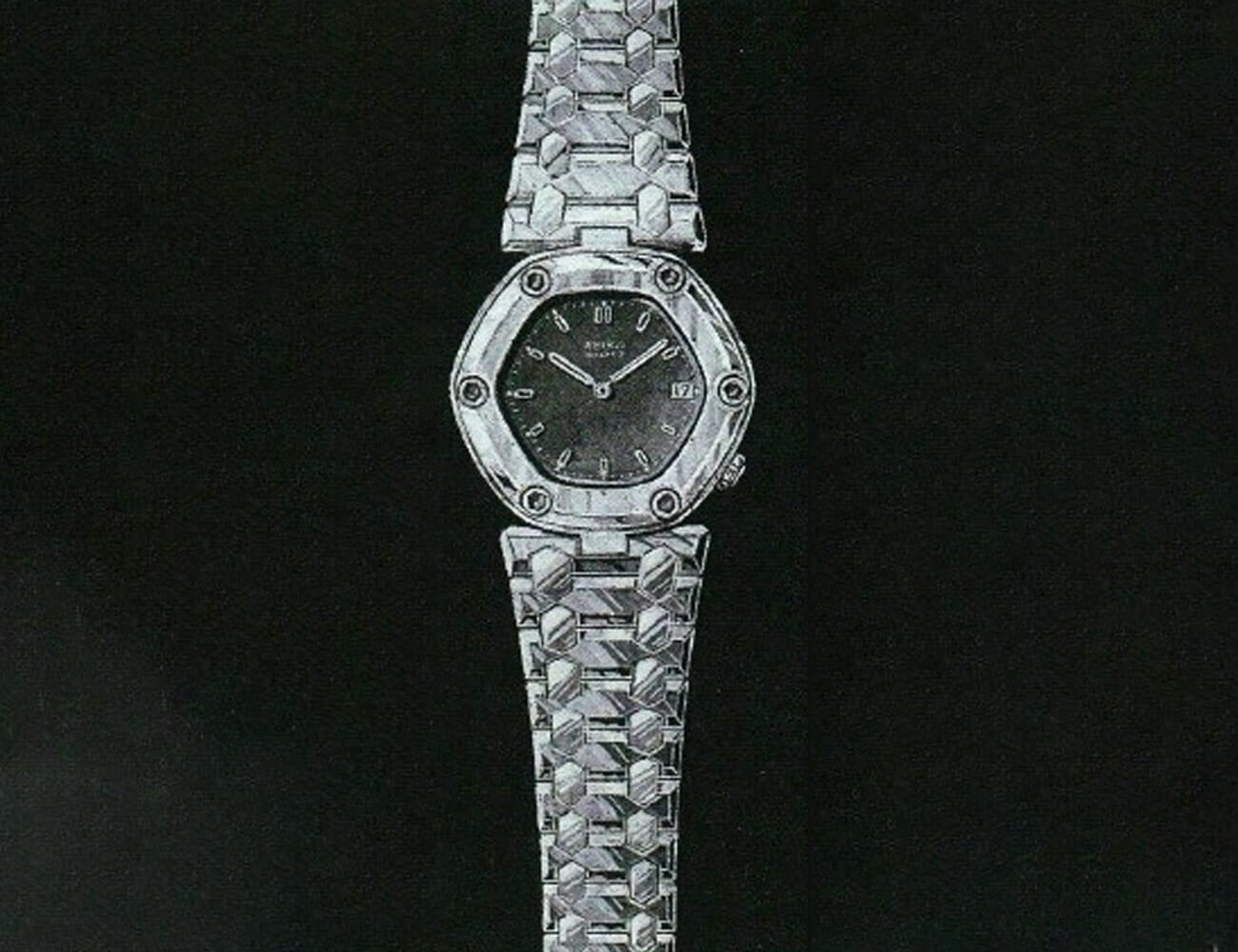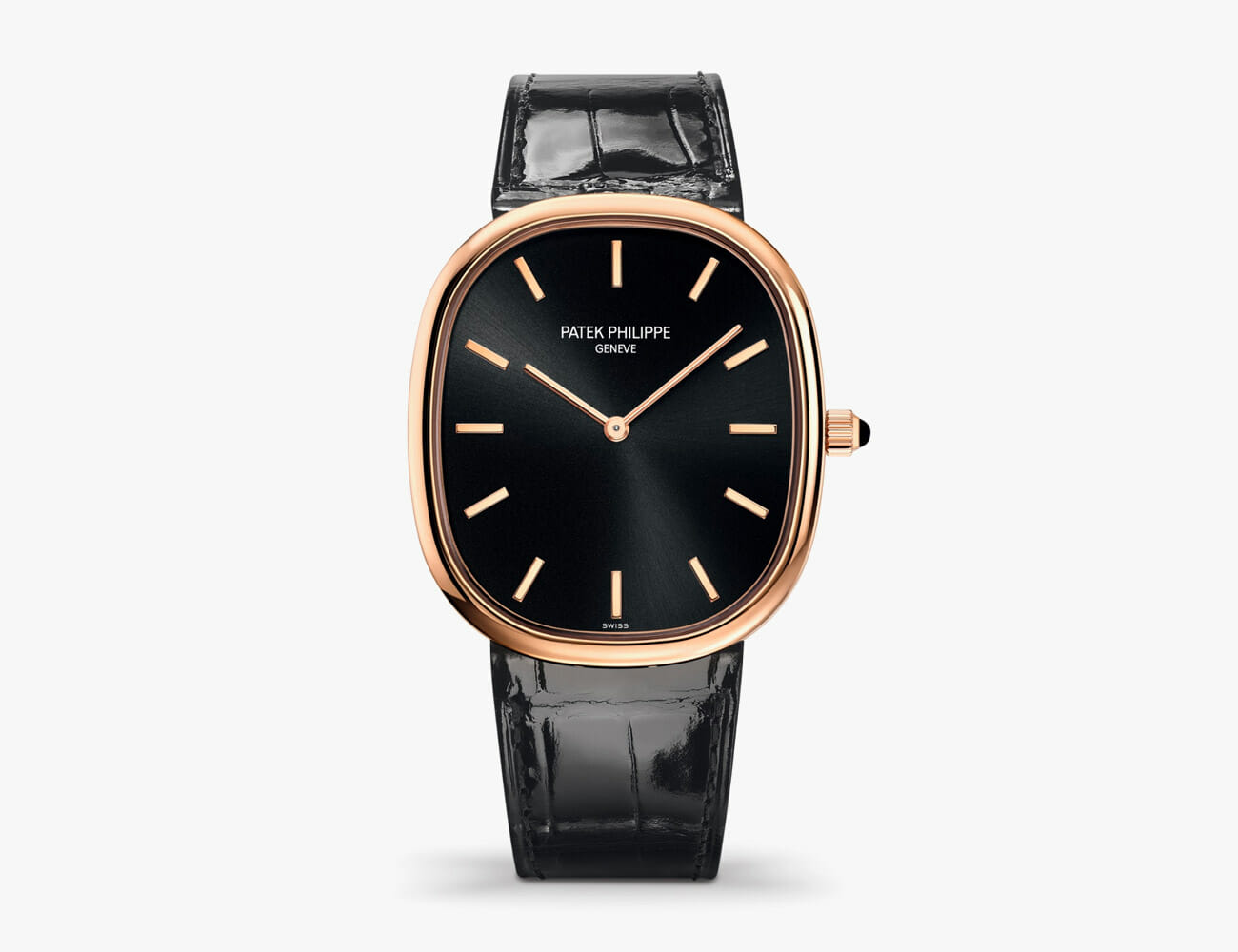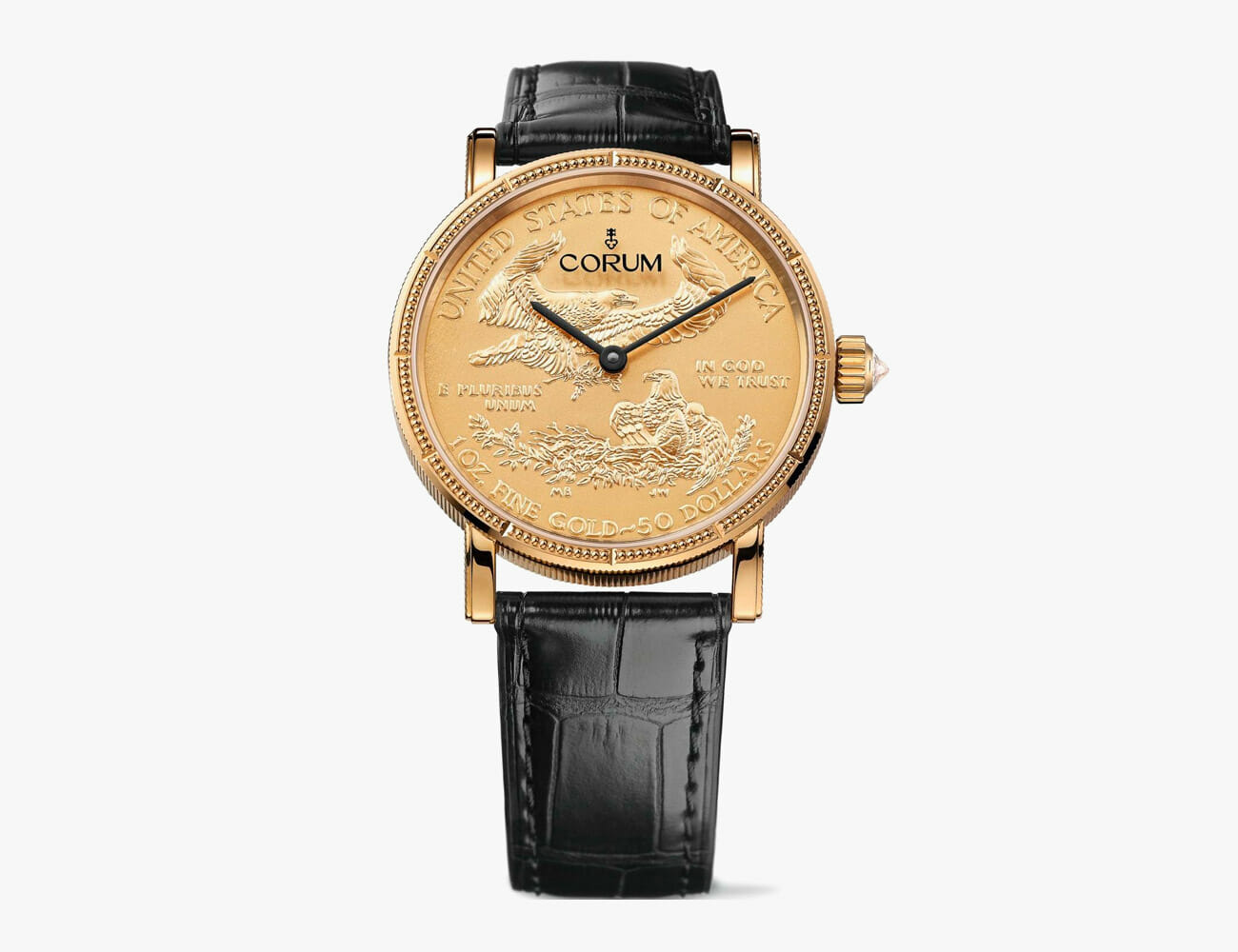If you’re familiar with only one watch designer, it’s probably Gerald Genta. He’s renowned for prestigious icons such as the Audemars Piguet Royal Oak and Patek Philippe Nautilus, which introduced the concept of a luxury-lifestyle sport watch to the world. But even most seasoned enthusiasts don’t realize how he’s influenced the watch industry in other, quieter ways.
Genta claimed in a 2009 interview to have designed “at least 100,000 different watches” over the course of his career. Hyperbole or not, it makes you want to see some of them, no? A Gerald Genta-designed Seiko or Rolex? This must pique your curiosity.
Any watch designed by Gerald Genta should be of interest to enthusiasts and collectors — even those without the distinctive looks of his recognized masterpieces. A handful of other watches that are commonly known as Genta’s work include the 1976 IWC Ingenieur, the 1959 Omega Constellation “Pie Pan,” the 1985 Cartier Pasha and the 1977 Bulgari Bulgari. His 1954 Polerouter for Universal Geneve belongs among his most celebrated designs.
Unfortunately, however, much of his work is hard to positively identify. It’s widely quoted, for example, that he designed a digital watch for Timex that saw production of around 30,000,000 units, but exactly which model that is, unfortunately, remains unconfirmed. Of course, Genta also started a couple of his own brands that produced watches with his name on the dials — but that’s yet another story.
The way watch design and the industry typically works, now and historically, can make it hard to say such and such a watch was designed by so and so. Most watch designers work in anonymity, and the same was true of Genta for much of his freelance career. He wasn’t known as the designer of the Royal Oak, for example, until later.
In the early days, at least the way Genta’s wife tells it, it almost sounds as if he hawked designs on the Swiss streets for 10 or 15 CHF: “He used to take his car and go to La Chaux-de-Fonds or Bien or Le Brassus. And he said the people opened a little window and asked what he had and they would choose five, six, 10 or 20 designs and he would come home when he had CHF1,000.”
Rather than designing a single watch from the ground up, he sometimes worked on disparate elements as well. Genta himself explained: “for example, my direct client wasn’t Omega, but Omega’s suppliers and it was in this manner that I participated in the creation of the Seamaster, or of the Constellation, for example by designing the case for the one, or designing a dial or a bracelet for another.”
While we can’t delve into every last watch this prolific designer is responsible for, below is a sampling of five models that range from elegant to offbeat and illustrate his eclectic talents.
Seiko Credor Locomotive
The Seiko Credor immediately stands out for a range of traits recognizable as Genta’s. The octagonal bezel with exposed screws is obvious, but the lugs also look a bit like those of the Cartier Pasha. The bracelet design and the handset, on the other hand, evoke the Royal Oak.
Rather than nautical themes, like the dive helmet which inspired the Royal Oak or the ship’s porthole for the Nautilus, the Locomotive was informed by trains. Commissioned in 1979 specially for Seiko’s president, Reijiro Hattori, and powered by a quartz movement, the Credor Locomotive is now all but forgotten. Today, the Credor sub-brand is Seiko’s outlet for its most ambitious and complicated horological vision.
Patek Philippe Golden Ellipse
Lest you think Genta was an integrated-bracelet, screwed-bezel, luxury-sport-watch, one-trick pony, feast your eyes on the elegant Golden Ellipse that he created for Patek Philippe in 1968. It’s classic Genta, in fact, but represents another side of his personality. Its unusual case design and simplicity are elements he’s favored, just like its exceedingly thin 6mm profile that’s possible thanks to a micro-rotor-equipped automatic movement. The Golden Elipse followed a version of the Universal Geneve Golden Shadow (see below), certain versions of which had a similar case shape.
Corum Coin
The Corum Coin is now familiar to watch enthusiasts, but when it was introduced in 1964, it represented the kind of out-of-the-box thinking Genta is known for. Both watches and coins might appeal to collectors for some of the same reasons, with a similar shape and weight in the hand — and at the very least, there might be some crossover among the collector communities. Moreover, a coin offers a dial with an iconic motif. The Corum Coin watch uses an actual coin that’s been cut wafer-thin for its dial, but the case side is also grooved like a coin to make the design feel more wholistic.
Rolex King Midas
Genta’s golden touch didn’t help the Rolex King Midas become an enduring success, but it’s known to have been worn by the likes of Elvis Presley (who had an established penchant for avant-garde wristwatches) and John Wayne. Introduced in 1964, this is a Genta-designed integrated bracelet watch that preceded that of the Royal Oak. Designers often take inspiration from the shapes of all kinds of objects — Genta famously so — and the King Midas is said to be based the asymmetric, pentagonal watch case on the silhouette of a Greek temple.
Appropriately made of 18k gold, the King Midas was heavy but thin, and a rare example of a Rolex watch produced in a limited, numbered series. With no dial indices, the King Midas feels primarily like a design-oriented watch and stands out as one of the most offbeat timepieces Rolex ever made.
Universal Genève Shadow
Genta worked with Universal Geneve early in his career, and the Polerouter is widely admired by vintage enthusiasts today — less appreciated is a conservative and traditional design in his Shadow watches. There were White Shadow and Golden Shadow watches, and as a series they sometimes came in tonneau-shaped cases as well as elliptical versions that inspired the Patek Philippe Golden Ellipse above. Some had Roman numerals and some had stick indices, but all were remarkably elegant. The Shadow watches contained a Universal Genève movement with a micro-rotor, which was the thinnest automatic movement in the world at the time.







